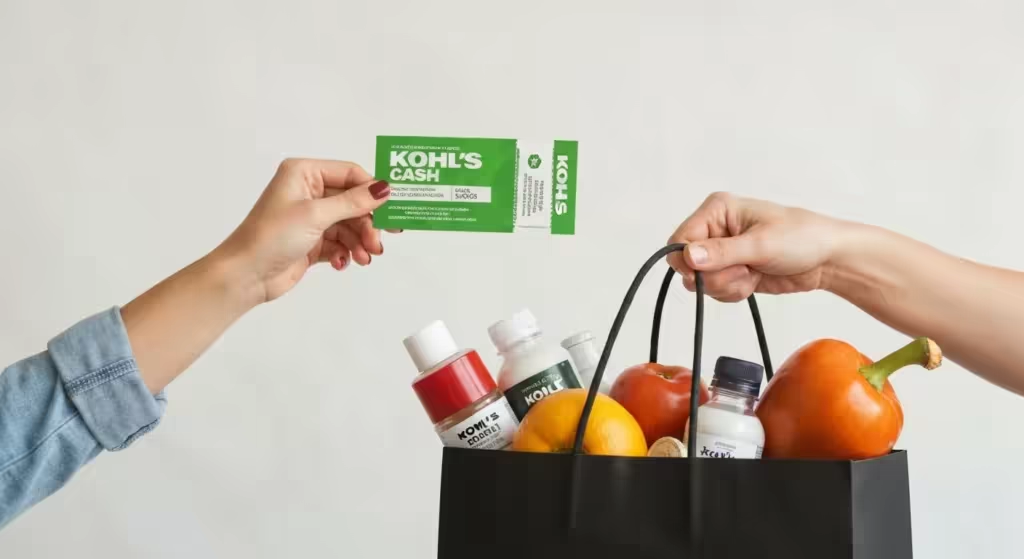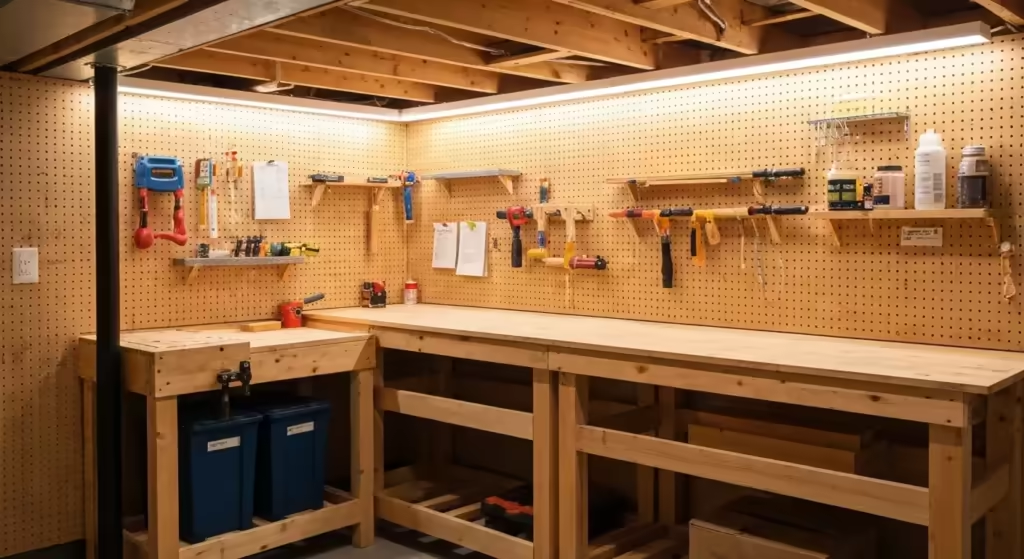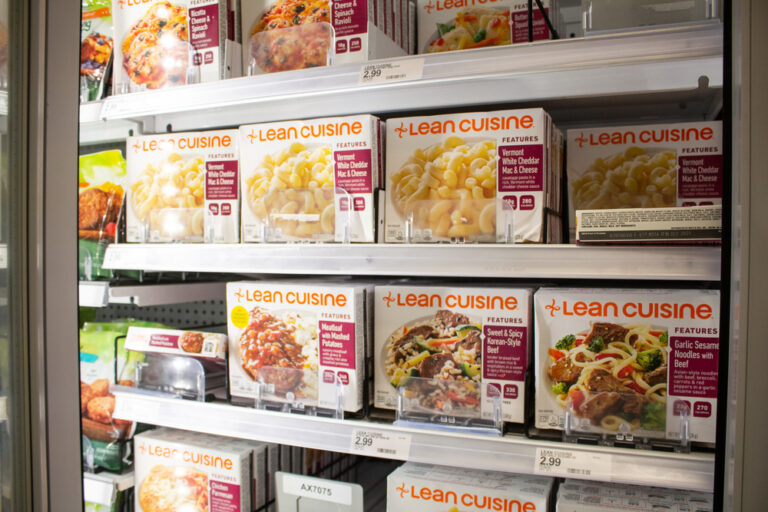Learn how to save $50 NOW!
Nowadays, money plays a bigger part in our lives than ever, and since everything is getting more expensive from month to month, we believe that you might be interested in finding out how to save $50. With the costs of groceries, gas, and housing steadily climbing, finding ways to cut back isn’t just a smart move; it’s becoming a necessity for many households. The constant pressure of rising expenses can be stressful, but taking small, manageable steps to save can restore a sense of control over your finances.
There are many tasks in our day-to-day lives where money is present, and even if running errands is not your favorite activity, you still have to do it. So, learning how to save $50 might be a good thing to know and might help you have a few extra bucks for doing whatever you want with them. Think about what an extra $50 a week could do. That’s $200 a month, or $2,400 a year! That could be a vacation, a significant payment towards a debt, or a healthy boost to your emergency fund. It all starts with small, consistent changes.
Read on and find out the best tips and tricks that can change the way you view your money! Learn how to save every day! We’ve compiled a list of simple, actionable strategies that don’t require drastic lifestyle changes. These are practical habits you can start implementing this week to see an immediate impact on your bank account and your peace of mind.

1. Always buy generic
When you go to your favorite supermarket, you know that you can choose to buy brand items or items from the store’s brand, also known as generic items. This is perhaps one of the easiest and most impactful changes you can make to your shopping habits, requiring almost zero extra effort.
Generally, these generic items are not so different from the brand ones. In some cases, people say that some generic products are even better than the original. Here’s a little secret of the retail world: many store-brand products are manufactured in the very same facilities as their name-brand counterparts. They are essentially the same product in less flashy packaging. Take a moment to compare the ingredient lists on a name-brand cereal and the store-brand version; you’ll often find they are nearly identical.
Next time you go shopping this week, look around and try to buy everything you need from the store’s brand. You will be surprised at check-out when you realize that you can save $50 just by doing this. Challenge yourself to switch just five of your regular brand-name items to generic this week. The savings on pantry staples like flour, sugar, canned goods, pasta, and spices can be substantial. The same goes for cleaning supplies, paper towels, and aluminum foil.
Go generic and say goodbye to those expensive brand items. From food to medications, you can find everything you need at more accessible prices. Don’t let clever marketing and a familiar logo trick you into paying more for the same quality. Give the store brand a try; your wallet will thank you profusely, and your family likely won’t even notice the difference.
2. Make a list
Or even more lists. It all depends on your needs. You can make a list of everything you need to do, and believe us when we tell you that a little bit of organization can truly help. Do this, and you will be able to save $50 per week or even more. A shopping list is your best defense against the most powerful tool stores use to make you spend more: impulse buying.
Most of the time, when you enter a grocery store, you say that you need to buy just a few items. One hour later, you realize that you have a cart full of things. This is not an efficient way to do your grocery shopping because you will be spending more than you need. Supermarkets are strategically designed to encourage this behavior. That colorful display on the end of the aisle? The tempting snacks and magazines in the checkout line? They are all placed there to derail your budget and get you to buy things you never intended to purchase.
Another advantage of a list is that you can easily forget what you need to buy if you don’t write it down. So even if you bring home a basket full of produce, you might notice a few days later that you forgot to buy what you really needed. This often results in another trip to the store, where you are once again exposed to impulse-buy temptations, not to mention the extra time and gas you spend. To be extra efficient, organize your list by the store’s layout (e.g., produce, dairy, frozen foods) to avoid backtracking and further temptation. Using a notes app on your phone is a great way to keep your list handy and even share it with a family member who might be doing the shopping.
3. Stop buying coffee
Have you ever thought about how much money you spend just because you don’t make your coffee at home and you prefer to buy it from a coffee shop or a gas station? That daily latte or cappuccino feels like a small, affordable treat, but the cumulative effect on your budget is anything but small.
Maybe you don’t see this as a problem, but if you try to add up all the money you spend on coffee, you might be surprised by how much you can pay in only one month. Let’s say you pay $5 for a cup of coffee and you have one every day from Monday to Friday. This will be $25 per week only on coffee! Make your own coffee at home and save $50 once every two weeks. Let’s take that math even further. At $25 a week, you’re spending $100 a month and a staggering $1,300 a year on coffee you could easily make at home for a fraction of the price. Investing just $50 of those savings into a quality coffee maker, a French press, or a thermal mug will pay for itself in two weeks.
Try to never combine running errands with going out for lunch or having a coffee. This is one of the traps that will make you lose an extra $8 to $10. The same principle applies to bottled water, sodas, and convenience store snacks. Plan ahead by brewing a large batch of coffee in the morning and taking it with you in a good travel mug. Keep a reusable water bottle and a few non-perishable snacks in your car or bag. This simple foresight helps you steer clear of those costly convenience purchases that sabotage your savings goals.
4. Borrow instead of buying
Your dream is almost coming true! After a few months of planning, you finally begin renovating and redecorating your home. This is great, but as you can imagine, you need many tools, and some of them are rather expensive. The urge to own the perfect tool for the job is strong, but it’s crucial to think about the long-term value.
Since you’ve been planning this, you have the budget to buy them, but this means one room will need to wait until next year to be redecorated. But do you really need to buy all of these tools? After all, you will probably use them once or twice. Is this worth it? Think about a specific, high-cost item like a tile saw or a heavy-duty paint sprayer. If you’re only going to use it for a single weekend project, purchasing it outright is a significant financial drain for a very short-term need. The money spent could be better allocated elsewhere in your renovation budget.
If you ask us, we think not at all. Instead of buying the tools, you can try to see if you can borrow them from your friends or neighbors. Most of the time, they will help you, and in this way, you will save some money for sure. People are often happy to lend out items, especially if they know it’s for a good cause. Just be sure to return the item in the same or better condition than you received it. This principle extends far beyond home improvement tools. Think about borrowing a stand mixer for a specific baking project, a sewing machine for a quick repair, or even formal wear for a wedding.
If you have no one you can borrow from, check out the website of your local Home Depot or any other home renovation store. Most of them have special programs that let you borrow the tools that you need for your projects. You will need to pay, but it is not as much as you would have paid if you had bought the tools. Tool rental centers are a fantastic resource for things like carpet cleaners, pressure washers, and lawn aerators. Additionally, look into local community resources. Many towns now have a “Library of Things,” where you can check out everything from tools to kitchen appliances to camping gear for free or a very small fee. Online groups, like a local “Buy Nothing” project on social media, are also incredible for finding items people are willing to give away or lend.
Follow this advice, and you will not save $50; you will save so much more. Maybe you will have the money to also renovate the last room. The one you want to live for the next year. By adopting a “borrow, don’t buy” mindset for infrequently used items, you free up hundreds, if not thousands, of dollars. This smart financial habit also promotes a sense of community and is a more sustainable, environmentally friendly way to live.
5. Gift cards
Do you want to save $50 next time you go shopping? Then use gift cards! Giving out gift cards is a fantastic method to cut costs on weekly or monthly errands. And the best thing about them is that you can take advantage of them anytime you want—you don’t have to wait for your birthday or special occasions. We’re not talking about receiving them as presents; we’re talking about strategically purchasing them at a discount to create your own sales.
Even better, you can go to places like Costco and buy discounted gift cards. They come in bulk, and you can use them yourself and cut costs. For example, you can buy gift cards that value $100 for $75. What more can you want? This is an amazing deal! Beyond warehouse clubs, there is a thriving online marketplace for discounted gift cards. Websites like Raise and CardCash allow people to sell their unwanted gift cards at a reduced price. You can often find gift cards for your favorite restaurants, gas stations, and grocery stores for 5-15% below their face value. That’s an instant discount before you even walk in the door.
Besides all of this, gift cards can also earn you points. More points mean you will pay less for whatever you buy. Sometimes you can use the points to buy gas. That means free rides when you go grocery shopping. The real power move is to “stack” your savings. Use a discounted gift card to pay for items that are already on sale at the store. Then, use the store’s loyalty program to earn points or additional coupons on that same purchase. By combining these three layers of savings—the discounted gift card, the store sale, and the loyalty program—you can achieve a level of savings that isn’t possible with any single method.
6. Coupons and price comparison
It is already well known that coupons can save you a lot of money. This is why the phenomenon of extreme couponing is now a thing. Also, comparing prices is another move that can help you add a few extra bucks to your savings account. You don’t have to be an “extreme” couponer with a binder full of clippings to make a difference. Even a few minutes of planning can yield significant results.
Before heading out to the store, visit the websites of your favorite supermarkets and see where you can find the least expensive items. You don’t need to do all of your groceries at the same place. You can buy your toilet paper from Target and your fresh produce from Walmart. There is no rule. Make this process even easier by using a flyer aggregation app like Flipp, which allows you to browse all the weekly ads for your local stores in one place and even search for deals on specific items. For online shopping, browser extensions like Honey or Rakuten automatically search for coupon codes at checkout and offer cash back.
Also, don’t forget to check what your local stores have to offer you. You might be surprised that you can find cheaper products closer to you. That means cutting down on gas prices. Another pro-level tip is to create a simple “price book” in a notebook or on your phone. Track the regular prices of your 10-15 most frequently purchased items. This way, when you see a “sale,” you’ll know instantly if it’s a genuine bargain or just a marketing gimmick. This knowledge empowers you to stock up when the price is truly low.
So, save $50 this week, and always check the prices and use coupons as much as possible. Remember to look for both manufacturer coupons and store-specific coupons. In some cases, store policies allow you to “stack” both types on a single item for maximum savings. A few minutes of digital clipping or flyer-scanning before you make your shopping list can easily trim $10-$20 off each bill.

7. Group errands
Next time you run your errands, try to run them together. In this way, you will surely save $50 per week and sometimes even more. You will be surpassed by how effective this strategy can be. This technique, sometimes called “trip chaining,” is all about efficiency. Instead of making separate trips for the grocery store, the post office, and the bank on different days, plan to do them all in one outing.
First of all, you will spend less on gas because you will do everything on just one trip. Maybe you think that the trip is longer and this is how things even out, but this is not the case. One individual trip will make a difference if you are living on a tight budget. Every time you start your car from cold, the engine uses more fuel. By combining trips, you make one longer, more efficient journey instead of three or four short, inefficient ones. Over a month, this reduces not only your fuel costs but also the hidden costs of wear and tear on your vehicle.
You might want to think about making a change of pace and focusing on services that are closer to your home or each other if you frequently find yourself rushing across town to run your errands. Take a few minutes to plan your route. Use a map app to find the most logical sequence of stops to avoid backtracking. This not only saves gas but also saves your most valuable asset: your time. Consolidating your errands into one block of time frees up the rest of your week and reduces the mental load of having a to-do list looming over you.
This strategy also saves you from making extra impulse purchases. Every time you enter a store, you’re tempted to buy something extra. By reducing the number of times you go to the store each week, you reduce your exposure to those budget-busting temptations. One focused trip with a solid list is far more economical than multiple “quick” stops that are rarely ever quick or cheap.
In case you want a piggyback to save money, this one looks stylish and is also extremely practical: hicocool Stainless Steel Piggy Bank
You should also read: 9 Grocery Store Traps Walmart Is Trying to Hide














